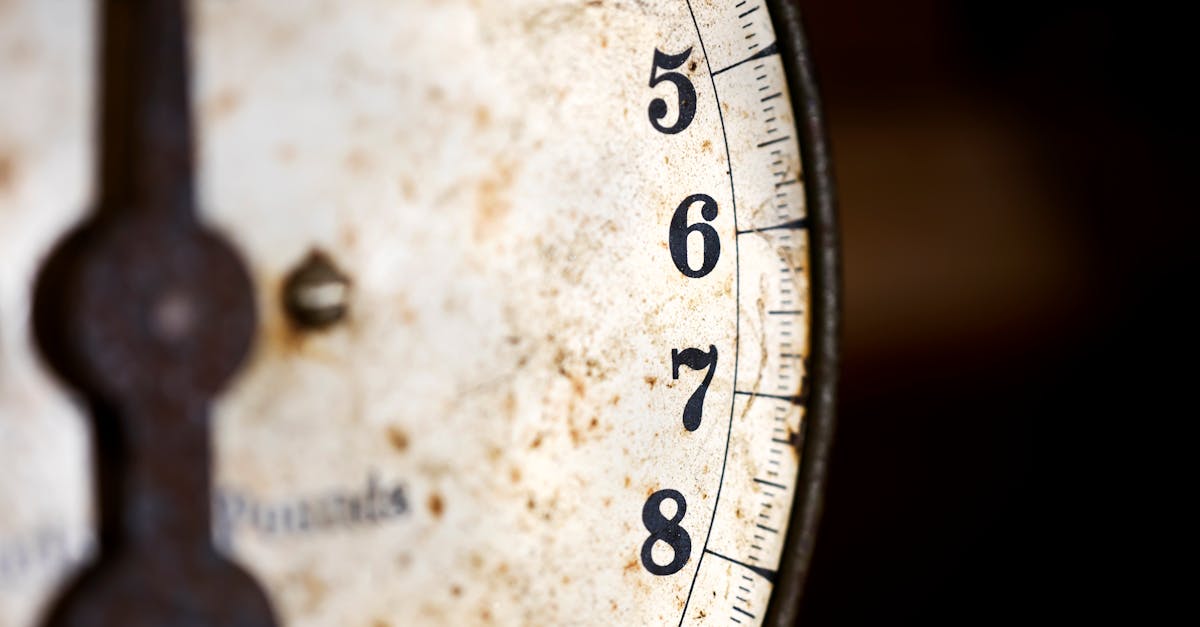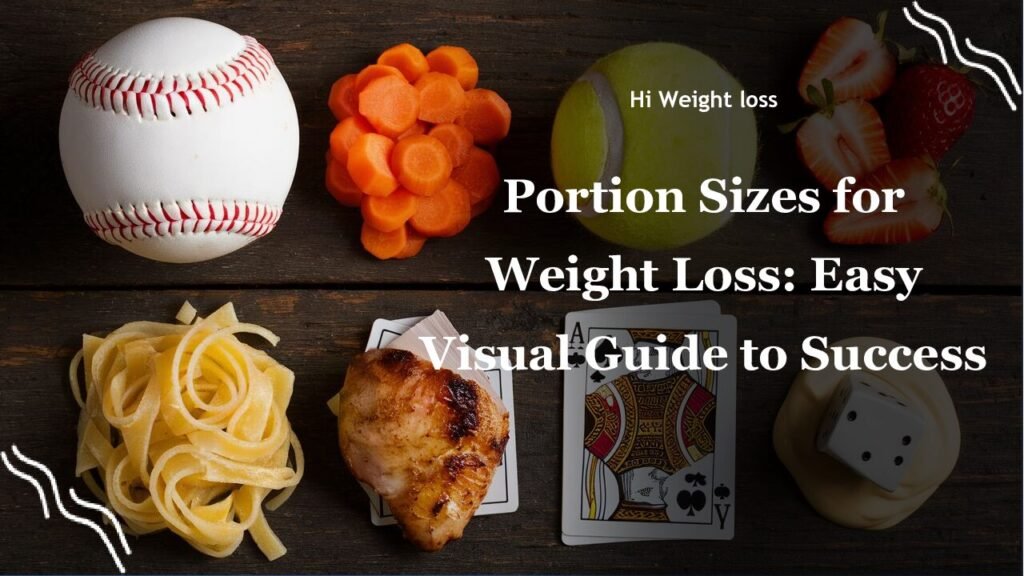Are you struggling to lose weight despite trying various diets? Often, the secret isn’t about cutting out entire food groups, but rather, understanding and implementing correct portion sizes for weight loss. This can be confusing, but what if I told you that you can use everyday objects to guide your meal planning? In this post, we’ll dive into how to accurately measure your food portions using simple visuals and practical tips, so you can finally achieve your goals. Let’s start!
What Are the Correct Portion Sizes to Lose Weight?
The Importance of Portion Control for Weight Loss
I remember a time when I thought I was eating healthily, yet the scale wouldn’t budge. It turns out, I was simply eating too much, even of the “good stuff”. Portion control isn’t about deprivation, it’s about understanding how much of each food group your body needs, helping you to manage food intake effectively. This is fundamental to weight management as cited by Beltline Health.
Visualizing Correct Portion Sizes with Everyday Objects
Forget complicated measuring cups and scales. Using everyday objects as visual cues is a game-changer. It simplifies how to measure food portions for weight loss. Here’s a breakdown:
Vegetables: Think of a baseball. A medium pepper or half a cup of cooked carrots is a good estimate. A recent study from the Mayo Clinic, supports this visual guide.
Fruits: A tennis ball is your guide here. A small apple or half a cup of sliced strawberries would be roughly equivalent. I’ve always found this comparison very convenient when I’m out shopping for groceries.
Carbohydrates: This is about the size of a deck of cards. Half a cup of cooked whole-grain pasta or a slice of whole-grain bread fits the bill. I once thought a “serving” of pasta was a whole plateful; it was a real eye-opener to learn about the deck of cards comparison!
Protein: Your protein serving should also be about the size of a deck of cards. This includes cooked skinless chicken (2 to 2 1/2 ounces) or a 3-ounce vegetarian burger.
Fats and Sugars: Use a pair of dice as your visual aid. Two teaspoons of mayonnaise or one tablespoon of trans fat-free light margarine represent a serving. These portions are tiny for a reason—they pack a lot of calories. It’s better to be mindful and cut down if possible.
Here’s a simple table summarizing these guidelines:
| Food Group | Visual Guide | Examples |
|---|---|---|
| Vegetables | Baseball | Medium pepper, half cup of cooked carrots |
| Fruits | Tennis ball | Small apple, half cup sliced strawberries |
| Carbohydrates | Deck of cards | Half cup whole-grain pasta, one slice whole-grain bread |
| Protein | Deck of cards | 2-2.5 ounces cooked skinless chicken, 3-ounce veggie burger |
| Fats and Sugars | Pair of dice | 2 teaspoons mayonnaise, 1 tablespoon trans fat-free margarine |
Other Helpful Ways to Gauge Portion Sizes
Your hand can also be a great tool! A palm-sized portion of rice or beans is often a good guide for carbohydrates. For protein, such as fish or chicken, a hand-sized portion is appropriate. The article from Medical News Today also supports this.

Practical Tips for Implementing Portion Control
Now that you know how to visualize portion sizes, how can you effectively put this into practice? Here are some best portion control tips for losing weight that have worked for me and many others:
Use Smaller Plates
This is a very simple trick, but it works! Smaller plates can make the food you consume look like more, which tricks your mind into feeling full more easily. It’s amazing how such a small change can make a big difference.
Pre-Measure Snacks
Snacking can be a real downfall if not done right. Pre-measuring your snacks such as cereals, chips, pretzels, or crackers will help you avoid mindless overeating. I keep small containers with pre-portioned snacks in my pantry. This small step prevents me from going overboard.
Eat Slowly
Eating slowly gives your brain time to catch up with your stomach. It takes about 20 minutes for your brain to register fullness. You are more likely to overeat when you eat too fast. Take your time, savor each bite and enjoy your meals, it will make a huge difference.
Avoid Drinking Your Calories
Sugary drinks can be sneaky sources of excessive calories. Limit sugary beverages such as soda, juice, and sweetened coffee drinks. Water, unsweetened tea, or infused water are much better choices.
Conclusion
Implementing correct portion sizes is a crucial step in your weight loss journey. By visualizing food portions using everyday objects like a baseball for vegetables and a deck of cards for protein, you can better manage your food intake. Remember, it’s not about restriction; it’s about understanding what your body needs. Along with practical tips such as using smaller plates, pre-measuring snacks, eating slowly, and avoiding drinking excessive calories, you’re well on your way to achieving your weight loss goals. Just like my experience of reducing food portions, and seeing the scale finally go down, you can also achieve it! I hope you can use the knowledge provided in this post and apply them to your daily life, you’ve got this! Start small, be patient with yourself, and watch the results come naturally. Now, why not share this with someone who might benefit, or try these tips yourself today? Let me know your results!
FAQ
How do I measure portions without measuring tools?
You can use everyday objects as visual guides, for example, a tennis ball for fruits and a deck of cards for protein.
Can portion control work for all types of food?
Yes, you can apply the visual guide method to various food groups, focusing on vegetables, fruits, carbohydrates, protein, and fats/sugars.
Is it okay to sometimes eat a little more than the suggested portion size?
It’s okay to have some flexibility. The goal is to be mindful and consistent with portion control most of the time. Allow yourself a small indulgence occasionally without guilt.
How long will it take to see results with portion control?
Results vary from person to person. With consistency, you can start seeing some changes in a few weeks. It’s a journey, not a race.
Are there any specific times of the day to be more careful with portion sizes?
Yes, be mindful with your snacks and during dinners. Evening meals are usually the easiest to overeat. Always be consistent throughout the day for better results.



